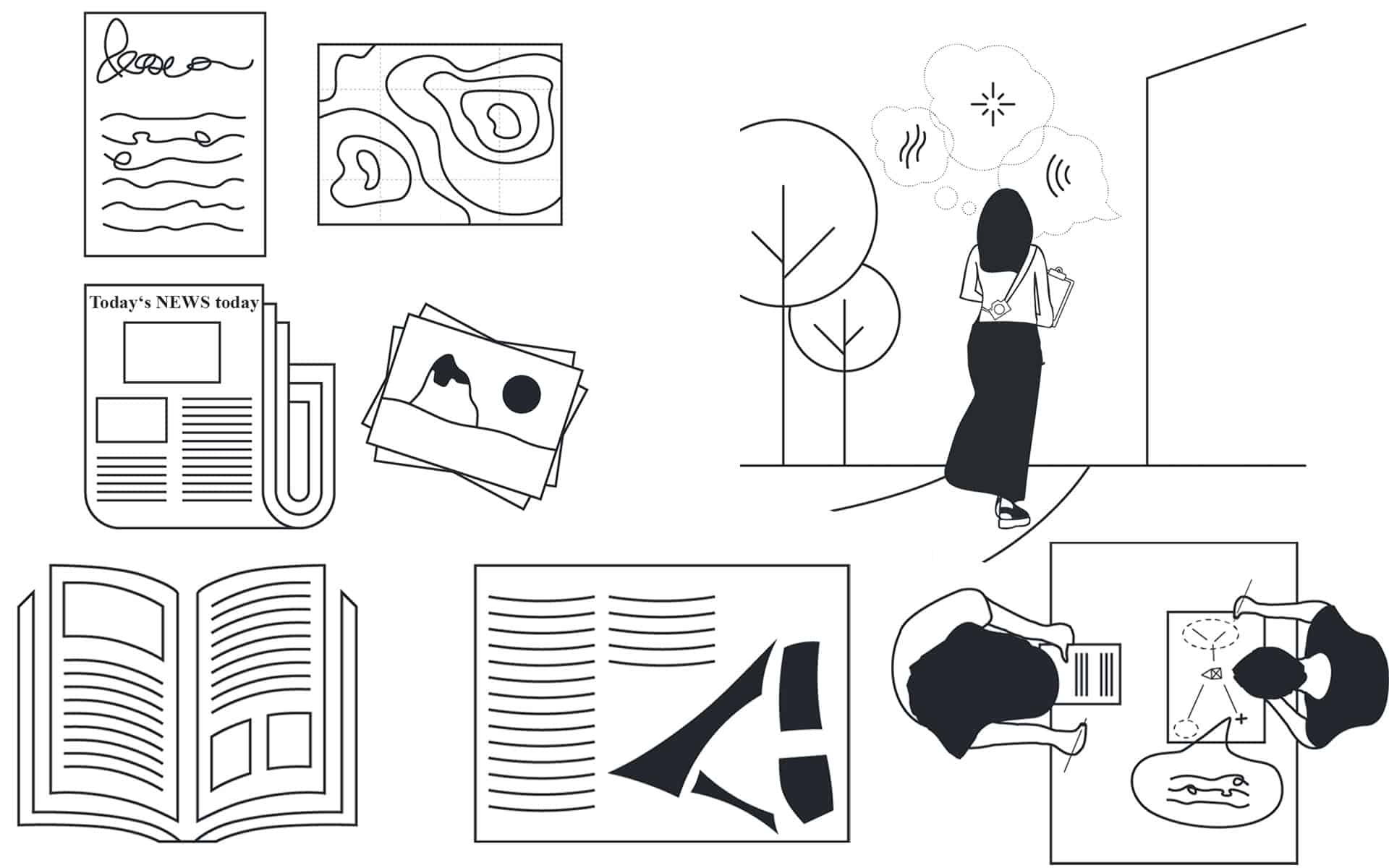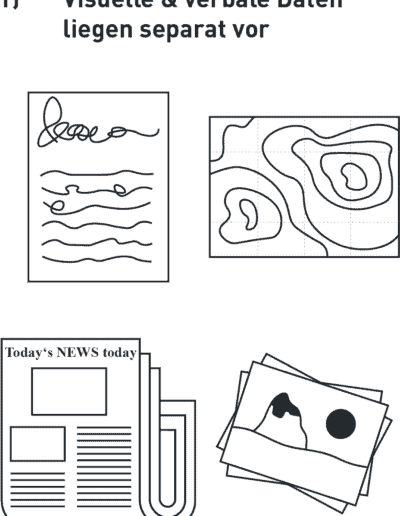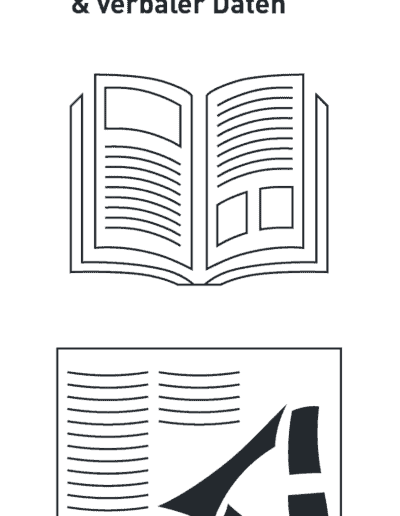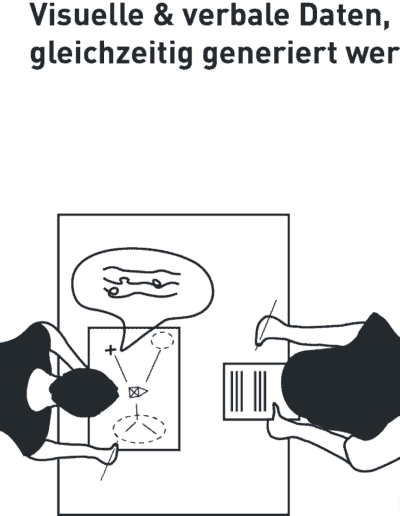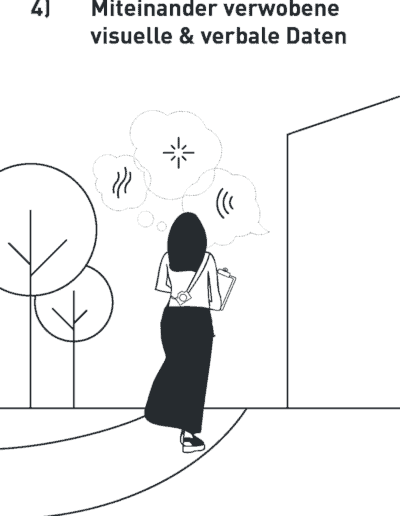Topic
Visual research has a longstanding tradition within the field of the spatial and planning sciences since researching environments includes their materiality and perceptibility. Despite a vivid practice of visual research, the respective scientific literature offers little on visual methodology, visual research methods and the analysis of visual data. Obviously, visual research in spatial and planning research is mostly based on a disciplinary tacit knowledge. In contrast to that, other social sciences (e.g. sociology, social work, educational sciences) have been experiencing a “visual turn” since the late 1990s. The growing importance of visual research in these fields finds its expression in a growing discourse on visual research methodology and methods.
However, to date there is little knowledge transfer on visual research between different sciences. Starting point of the research project, therefore, is the conviction that the described scientific practices – for one thing a longstanding tradition of visual research in the spatial and planning sciences and for another thing an emerging scientific discourse on visual research in other social sciences – can be of mutual benefit.
Overall aim of the research project is to contribute to the commencing development of visual methodology and visual research methods meeting the standards and scientific rigour of qualitative research. Since researchers, in practice, do usually not work with discrete data sets – including e.g. only photographs – but incorporate different kinds of data within a research project the research project focusses on multi-modal data approaches.
The following research questions guide the investigation:
- How do researchers in social sciences analyse and interpret visual and verbal data?
- How do researchers in social sciences integrate visual and verbal data?
- What are methodological strengths and uncertainties of these existing approaches of data integration?
- How can methodological uncertainties and recurring obstacles be overcome?
Central to the success of the research project is a close cooperation with colleagues from the University College Ghent. The Departments of Social Work and of Architectonic Design of the University College Ghent have longstanding experience in the field of data integration.

